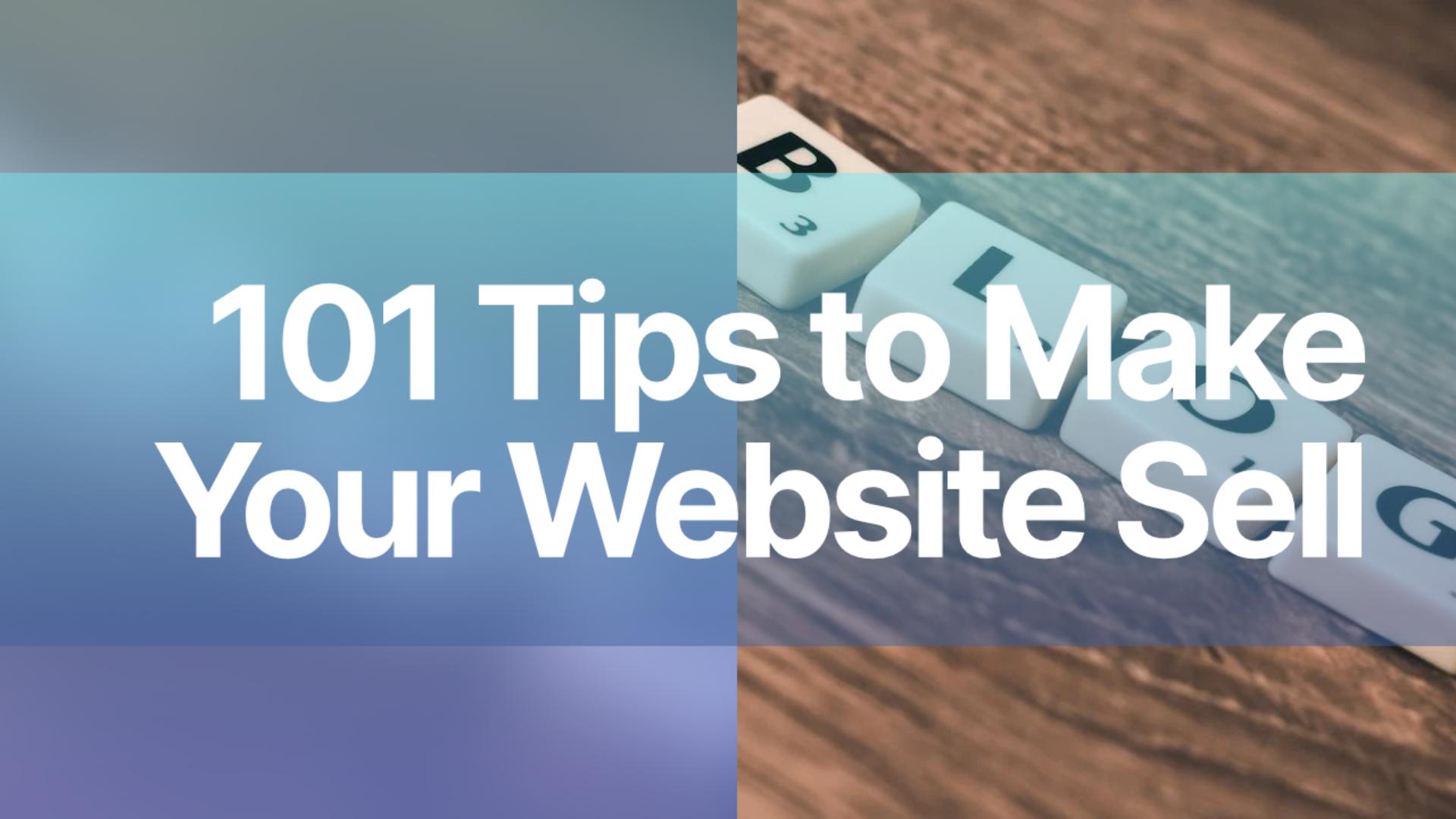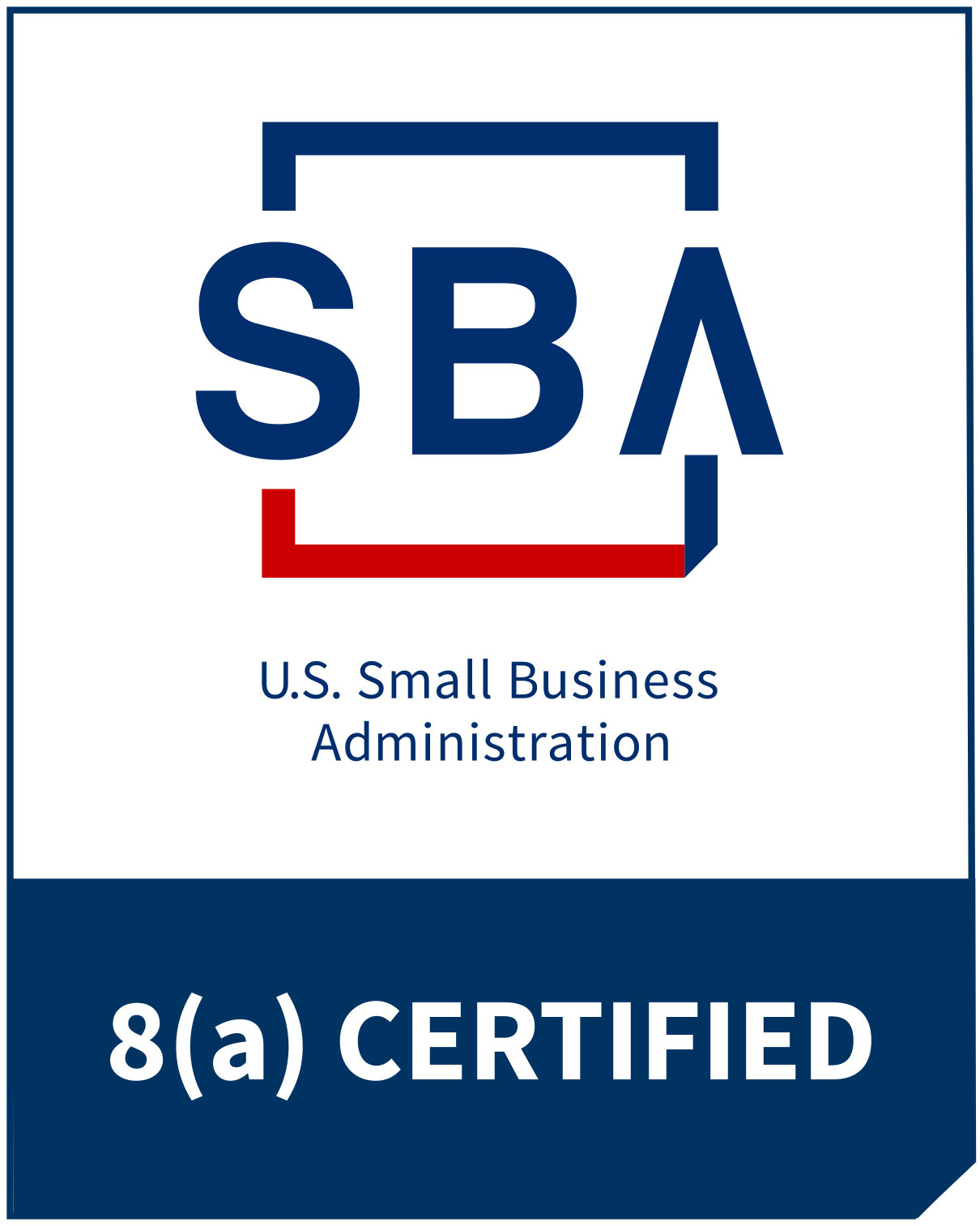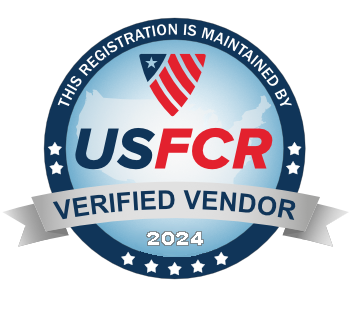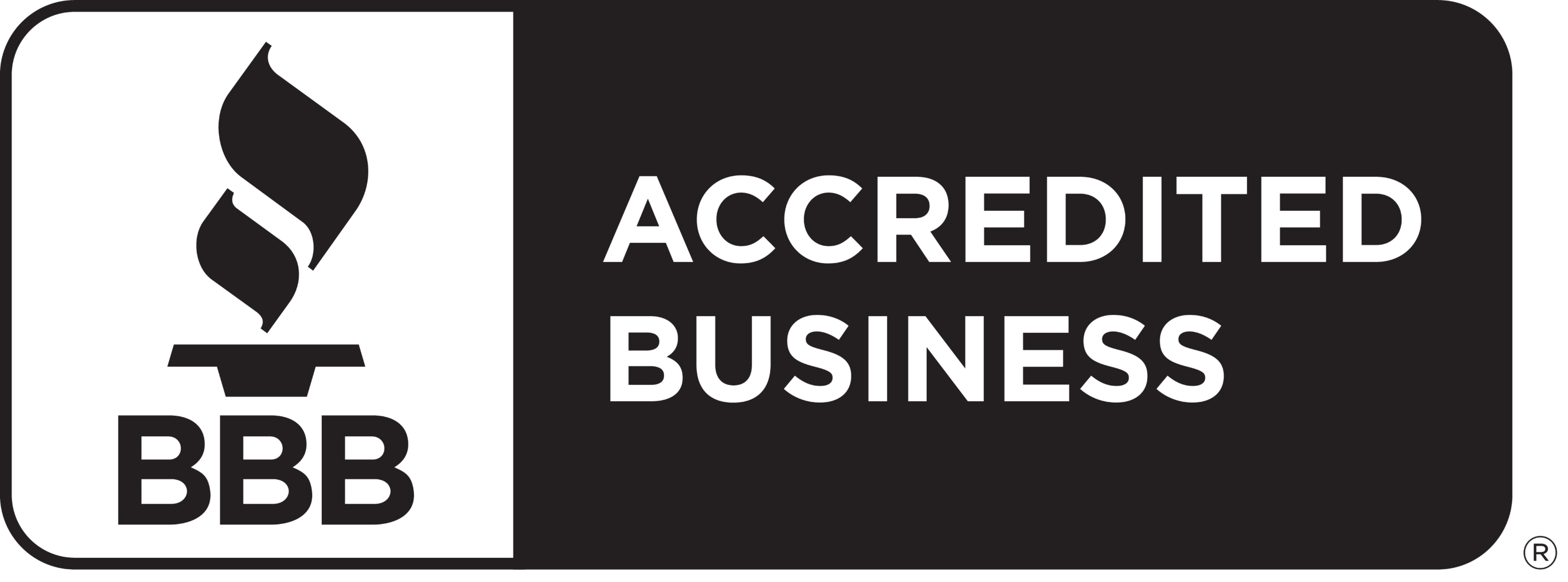Although it sounds unfair, your products will be judged by the quality of your website unless you have pricing power in the industry. By following the suggestions below, you will see notable changes in sales and online visibility.
The First Impression Is Always Important
1. Make sure your website is organized. Balance is key: too many distracting elements or the lack of details will drive away visitors.
2. Make your website design special. Differentiate your website from others by offering a distinct look; many websites offer the same products or services.
3. Font size and type are important for retaining your visitors, so keep your target audiences’ personality in mind and design accordingly.
4. Plan the color combination of your website with your target audiences’ preferences in mind, since this is the most important element in influencing their purchase decisions.
5. A memorable first impression and appropriate color combination can increase conversions.
6. You should carefully use those images that will add value to the content.
7. The loading speed of your website is important for both your visitors and your search engine ranking.
8. Your website should be well organized in all prevailing browsers, so testing your websites with these browsers can increase conversions:
Statistics
Chrome Users: 52.9%
Firefox Users: 27.7%
IE Users: 12.6%
Safari Users: 4%
9. Use header images to attract audiences and anticipate their expectations of a specific page.
10. No typos or spacing issues should appear on your website.
11. Choosing the right keywords will reduce bounce rate. The wrong keywords will bring your visitors to the wrong place, although they can bring in traffic through pay-per-click (PPC) and search engine optimization (SEO).
12. Pop-ups will ruin user experience (UX) if they are used too often, unless you can use them efficiently, which may impress your visitors and increase conversions.
13. Using auto-play sound is not recommended, but if you do use it, provide an on/off button.
14. Don’t ask for registration on the threshold. Let your visitors decide if they will register after reading your website. Most people would rather leave if you ask them to register without letting them browse the website first, unless you offer them a free gift.
15. Separate advertisements from content. You can use ads to bring in more revenue, but you have to separate them from the main content and give your visitors the option to make them invisible.
16. Plan the content of your home page. Emphasize products that customers need rather than overemphasizing yourself in your content.
17. Simplify your website. Flashy websites are not as popular today; they will result in too much waiting time, which will drive visitors away.
18. Don’t provide unavailable links on your website—visitors will be disappointed if they see “coming soon” or “website unavailable.”
19. Check for errors. Try to avoid 404 errors and broken links and direct visitors to their target websites.
20. Delete splash screens. A splash screen will not provide any practical information except for introducing the websites or the company.
21. Avoid unnecessary animated graphics. Animated graphics will increase loading time; so don’t use them unless they can add value to your content.
22. Apply responsive design to fit all screen sizes. Screen resolution for different computer monitors can vary. The prevailing resolution is 1024 x 768 pixels.
23. Be sure to resolve technical issues. If a server error appears rather than the data visitors need, your website will experience a high bounce rate.
24. Do not allow third-party advertisers to put auto-play videos on your website.
Get a personalized website that matches your brand and business.
Our team of professionals ensures the design illustrates your unique work culture.














